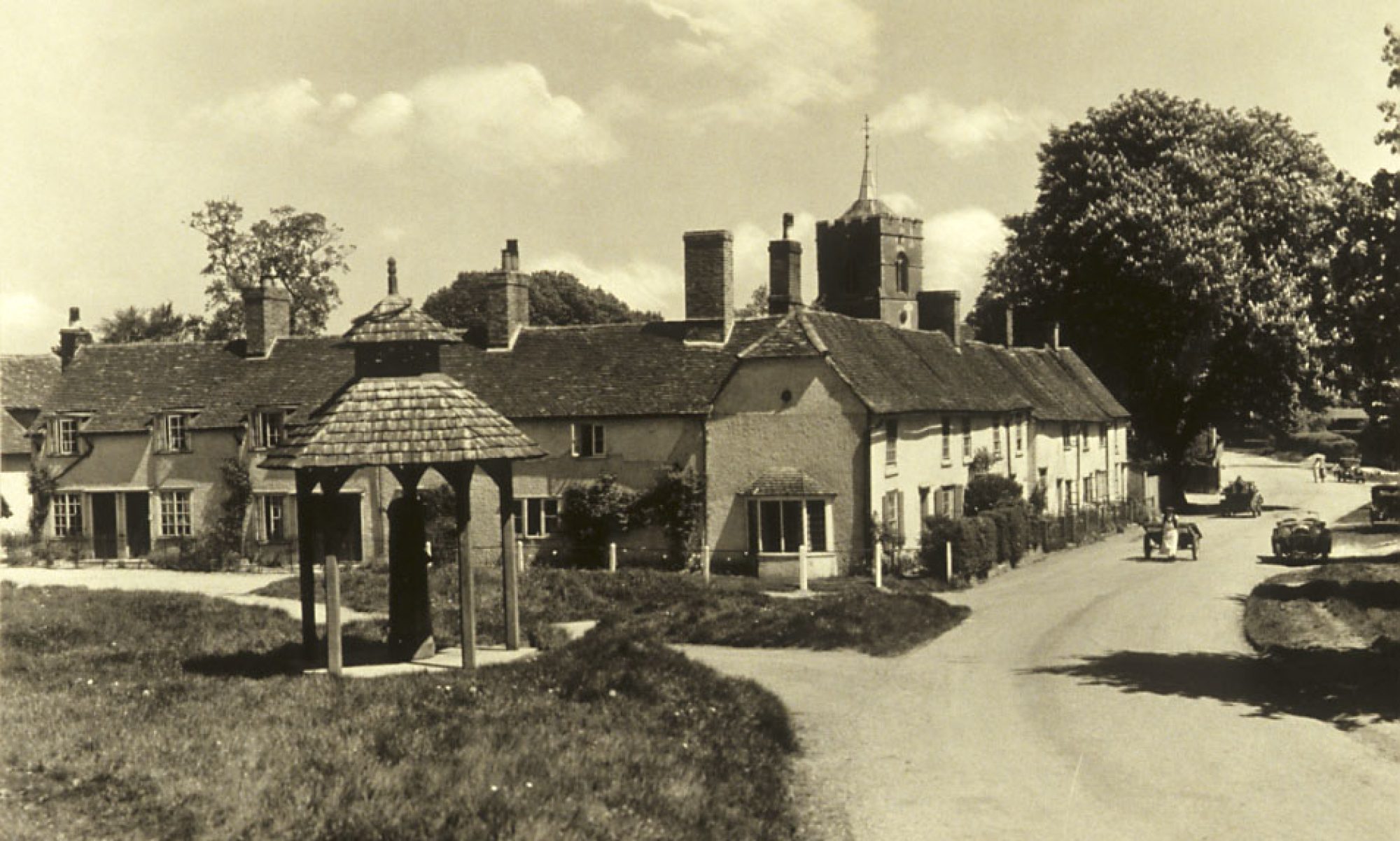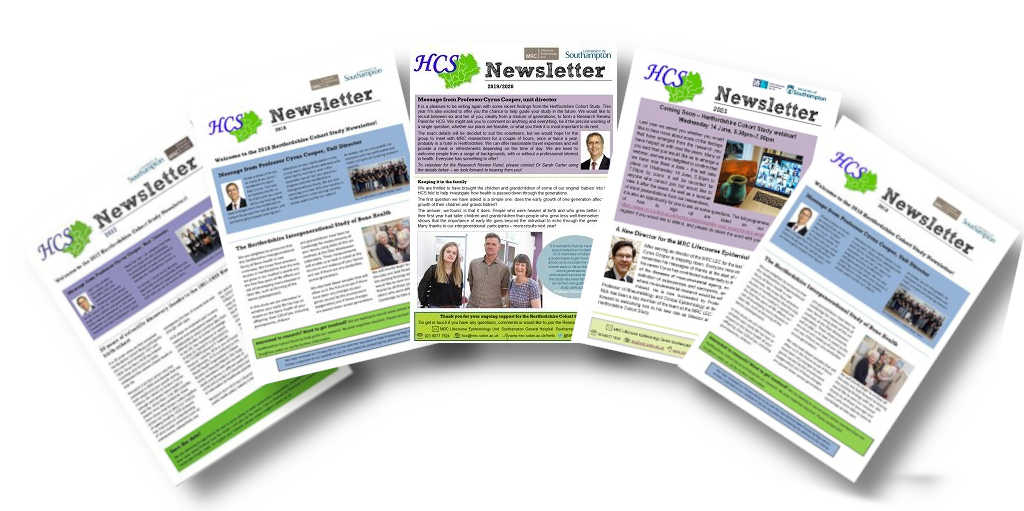Hertfordshire News
-

HCS trainee award at IOF 2024
This year’s International Osteoporosis Foundation meeting, held in London in April 2024 was the opportunity to present several pieces of research from the Hertfordshire Cohort Study. Among these was a study presented by rheumatology trainee Dr Fiona Kirkham-Wilson which considered how growth early in life is associated with the risk of experiencing knee pain from…
-
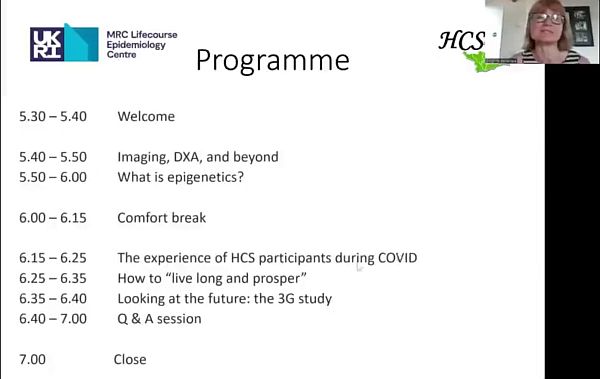
Hertfordshire Cohort Study Webinar: Watch the Video Recording Online Now!
We are excited to share that our Hertfordshire Cohort Study (HCS) webinar took place on Wednesday, June 14, 2023. We would like to express our gratitude to all those who were able to join us via Zoom. However, we understand that not everyone could attend the live event. Fortunately, we have some fantastic news for…
-
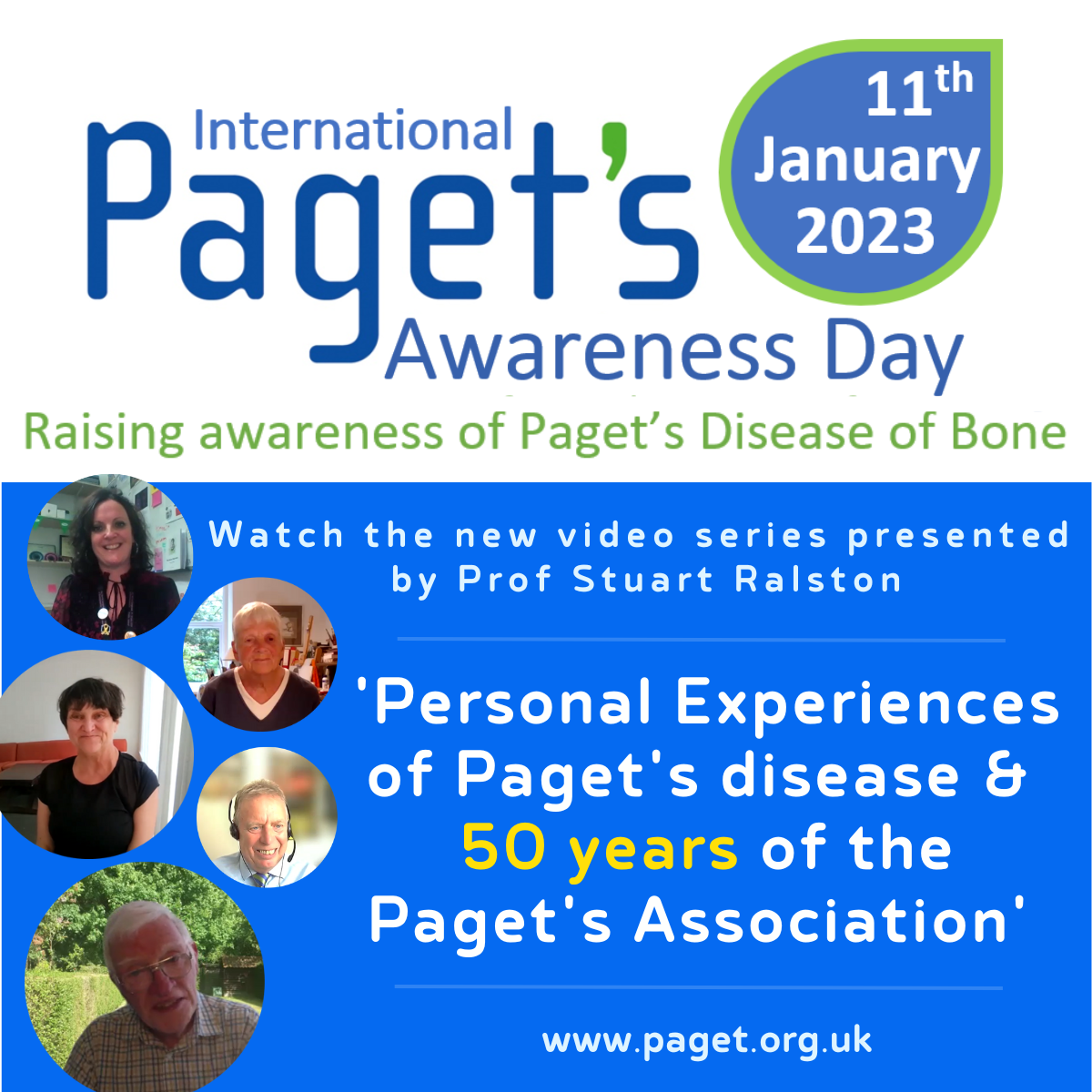
Personal stories for Paget’s Awareness Day 2023
In videos made for International Paget’s Awareness Day, 11 January 2023, Mickey, Sheila and Allan speak with Professor Ralston to explain how Paget’s disease affects them and what their experience of treatment was. Professor Ralston also interviews Dr Clarkin, a researcher in Southampton, who is looking closely at blood vessels in relation to Paget’s disease.…
-

MRC LEC researchers find clues that could help to support older people to be more active
Southampton researchers have found that a variety of psychological and social factors appear to influence older people’s physical activity Read more about our findings from the Hertfordshire Cohort Study here:
-

The Hertfordshire Cohort Study COVID-19 study
As we have reported previously, researchers working with the Hertfordshire Cohort Study (HCS) have been exploring the impact of the COVID-19 pandemic on participants. This work aimed to explore how the first wave of the COVID-19 pandemic and associated government measures impacted on older people’s lives and what the implications might be for their physical…
-

A snapshot of the lock-down experiences of HCS participants
Back in December, Professor Elaine Dennison looked at the early results of our COVID-19 study, an extension of the Nutrition & Physical Activity Study (or, as we call it, NAPA) which we initiated with Hertfordshire Cohort Study participants more than one year ago. The aim of the COVID-19 study is to look at how Hertfordshire…
-
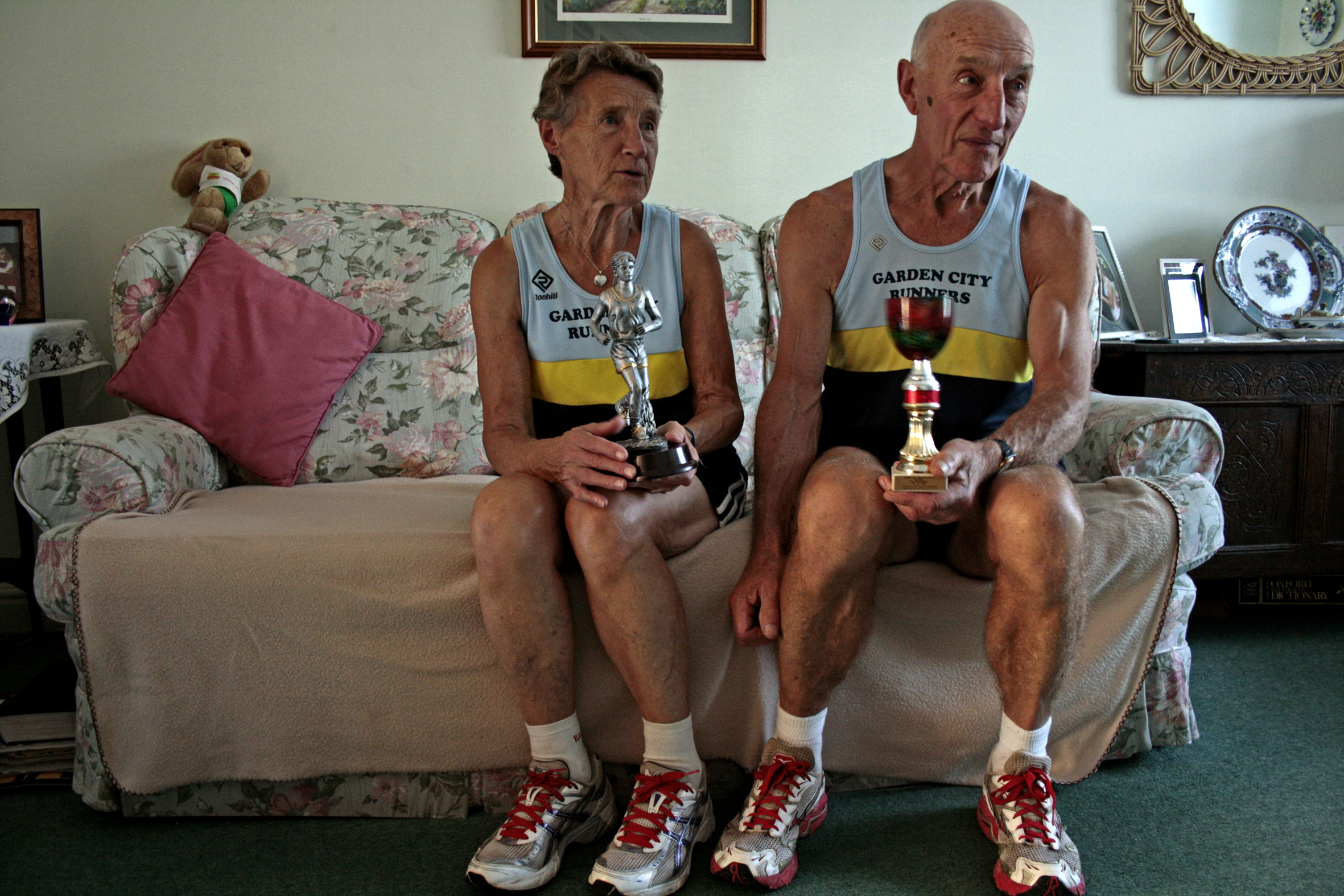
Nutrition and Physical Activity Study participants contribute to new study on the impact of the COVID-19 pandemic
Back in November 2019, Drs Jean Zhang and Ilse Bloom started visiting the almost 300 HCS participants who agreed to meet our two researchers at their homes for the Nutrition and Physical Activity Study (aka NAPA) and talk about diet and physical activity. Unfortunately, the COVID-19 pandemic and subsequent lockdown have put a halt to…
-

Address from Her Royal Highness the Duchess of Cornwall at World Osteoporosis Day
Professor Cyrus Cooper, Director of the MRC Lifecourse Epidemiology Centre and President of the International Osteoporosis Foundation, welcomes all our team and external visitors on World Osteoporosis Day: ” This is an occasion to celebrate the world-leading research on osteoporosis undertaken over several decades, here at the centre. It is an absolute pleasure for both…
-

Research findings from the Hertfordshire Cohort Study presented at Virtual World Congress
Research from the Hertfordshire Cohort Study has featured prominently at this year’s International Osteoporosis Foundation Conference – which, as a result of the Covid19 pandemic, was held online in August instead of in Barcelona in spring. Dr Michael Clynes presented work on the relationship between work stress and bone density, finding higher bone density in…
-
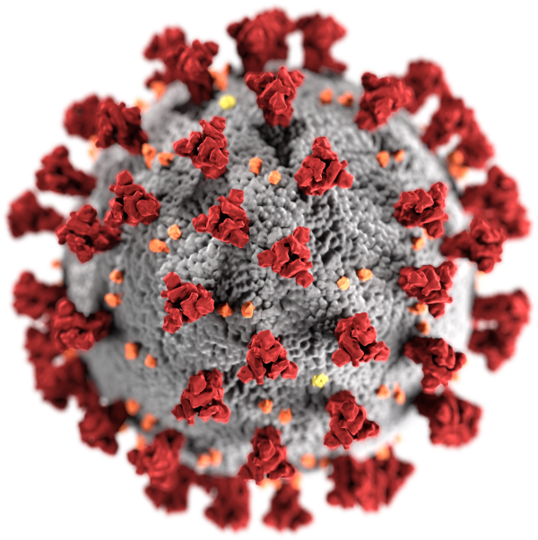
Message from MRCLEC Director regarding Covid-19
At these extraordinary times we at the MRC Lifecourse Epidemiology Centre are only too aware of the impact that the Covid-19 pandemic is having worldwide. Many of our Cohort participants will be self-isolating, or shielding, with all the attendant challenges that go with this, and we hope that everyone has the support they need to…
-
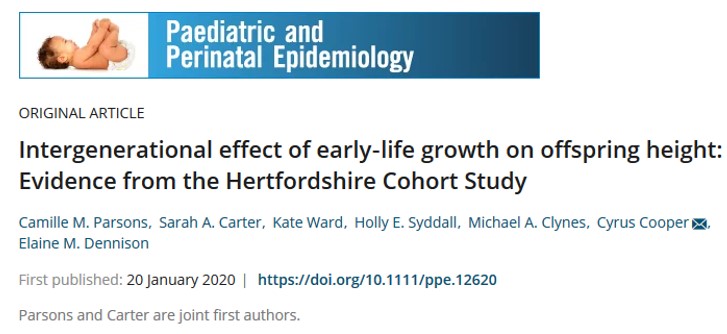
Intergenerational participants contribute to new study of health across generations
The participation of the children and grandchildren of the original HCS cohort members has opened up new opportunities for early-life research across generations. Professor Elaine Dennison says, ‘It is wonderful that we have been able to extend an invitation for HCS members’ children and grandchildren to get involved. This allows us to consider the effects…
-
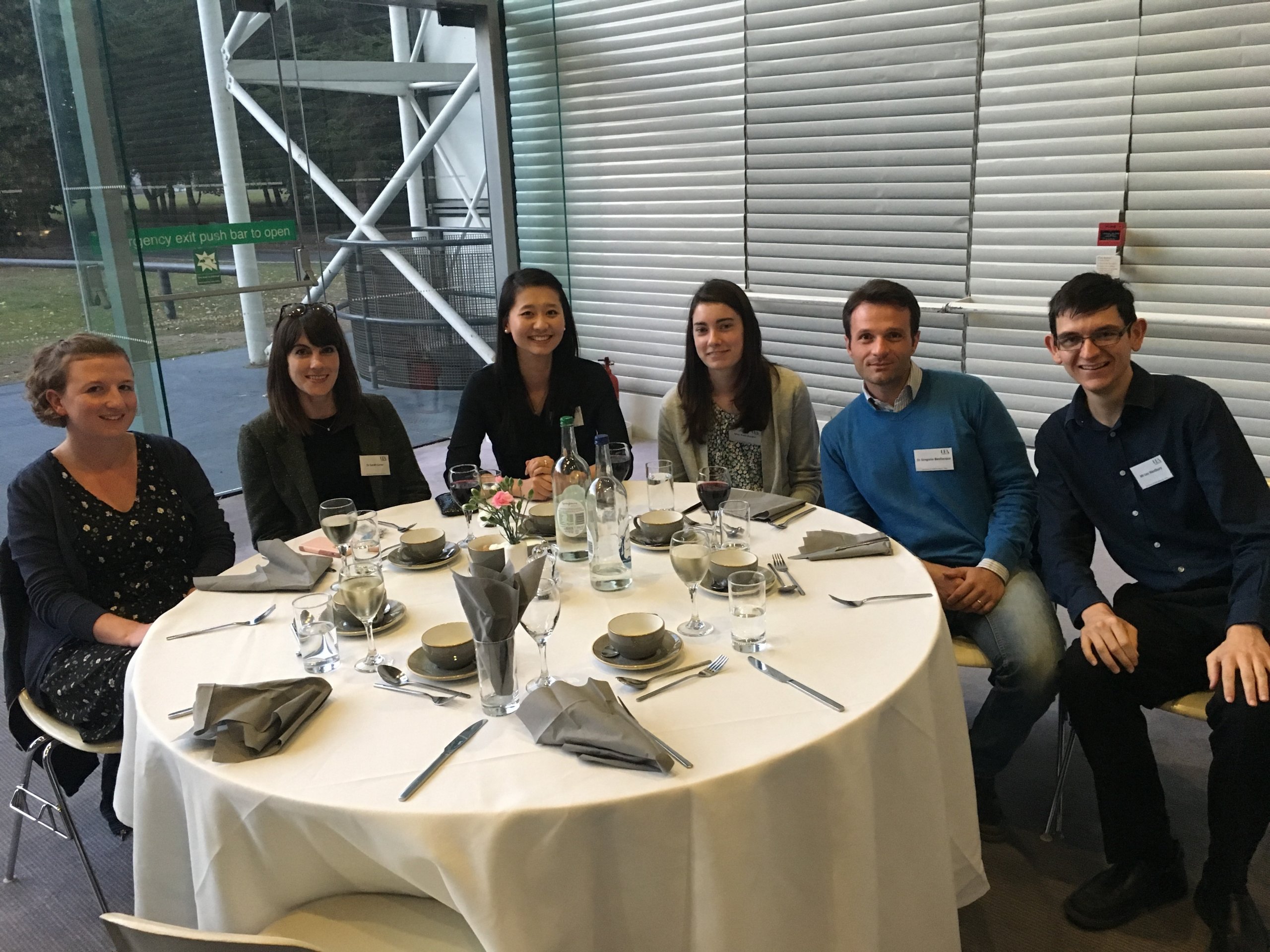
Research projects from the Hertfordshire Cohort Study presented at the UK Research in Musculoskeletal Epidemiology Annual Showcase
This September, a number of our junior researchers attended the sixth UK Research in Musculoskeletal Epidemiology (UK-RiME) Annual Showcase at the Julian Study Centre, University of East Anglia, Norwich. This was a great opportunity for our early career researchers to present their ongoing investigations with the HCS with fast paced ‘elevator pitches’ i.e. short and…

